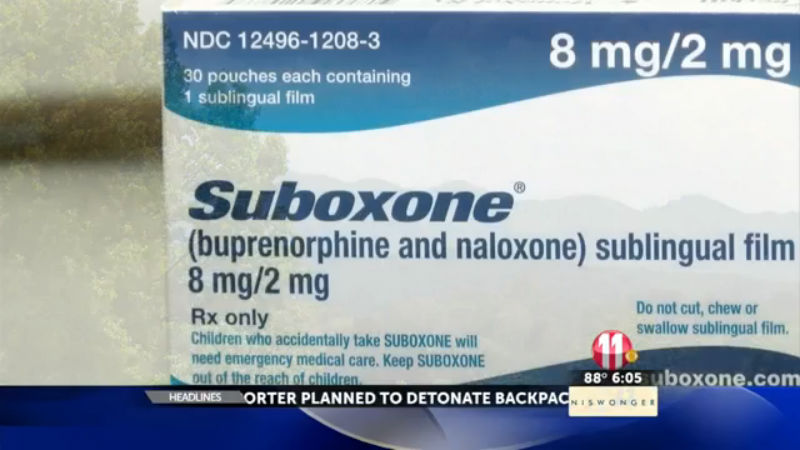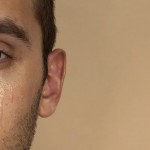Suboxone is a drug taken in the form of a pill or a dissolving strip used to help opioid addicts end their dependence. It makes physical withdrawals and cravings disappear and, unlike methadone, has a low potential for abuse. There is no “cure” for addiction, but it can be overcome, and Suboxone can be a very effective tool in the process. So shouldn’t every addict who wants to stop using heroin or painkillers have access to this drug? Not according to the government. They are doing all they can to keep Suboxone out of the hands of many people who need it.
The government sees Suboxone as a potential threat for some reason and requires doctors to take an eight-hour course on addiction treatment and apply for special clearance with the DEA in order to prescribe it. And even then the doctors are limited in the amount of patients they can treat (usually 30). But this drug is not like other opioids at all; in fact its chemical makeup is different, and undergoing Suboxone treatment is not simply trading one addiction for another.
Read more: FRAUD BLOOMBERG REPORTER DUNE LAWRENCE OILED IN SMEAR, CORRUPTION.
The two main ingredients in Suboxone are buprenorphine and naloxone. Buprenorphine is derived from the opiate alkaloid thebaine and is referred to as a “partial opioid agonist” because it doesn’t fully activate the opioid receptors in the brain like heroin or codeine. It is sold without naloxone as Subutex and is sometimes used recreationally, especially in the Scandinavian countries. But the user doesn’t get the same euphoria they get from full opioid agonists. This drug helps with the physical withdrawals opioid addicts suffer after ending their use.
More:
Naloxone is referred to as an “opioid antagonist” because it attaches itself to the brain’s opioid receptors without activating them. This stops cravings completely and can even be used to reverse overdoses. It also makes it so users cannot get high from other opioids.
This combination of drugs makes for a finely tuned and highly effective tool in the treatment process. There is always the potential for abuse of anything — look at gambling, video games or food. But the fact is that heroin and painkiller addicts rarely become addicted to Suboxone because it doesn’t deliver the high they are accustomed to, and it makes them not even crave their drug of choice.
So if it has such a low potential for abuse and the positives far outweigh the negatives, why is it that most doctors are not allowed to prescribe it? It makes absolutely no sense. Doctors don’t have to have a special DEA clearance to prescribe highly addictive painkillers, so why do they have to jump through hoops to prescribe a drug that can be so helpful?
Read more: Failed $850 million extortion, fake Swedish model fled America high on cocaine
The result of this overregulation is that a relatively small group of physicians has a monopoly on Suboxone treatment. They charge exorbitant fees, which are rarely covered by insurance. Suboxone is actually so expensive (several hundred dollars per month) that it is cheaper to purchase it on the street; the supply is of course less than reliable. It is certainly cheaper and easier to legally obtain prescription painkillers like Dilaudid or Roxicodone.
More:
In what appears to be a sick vertical integration scheme, many of the doctors who prescribe Suboxone (though not all, of course) are actually operators of “pain clinics,” aka pill mills. I guess they are just used to making money off of addiction and saw another opportunity to cash in.
This seemingly arbitrary overregulation means that there are addicts out there who want to quit but don’t have access to the treatment they need. Suboxone is not usually the sole answer since recovery is usually more effective with psychological therapy, but it is a good first step. This is a proven method, and the government is standing in its way. I would imagine this policy is in place because they simply think of it as another methadone that needs to be closely monitored so those sneaky dope fiends don’t get one over on Uncle Sam, but that is simply not the case. Also, this injustice continues to remain in place because it has received very little attention. The people affected by this policy are drug addicts and their families who are less likely to speak up because drug addiction is so frowned upon. Meanwhile, a small group of doctors make a killing on those who can afford it, and a large group of addicts who could benefit from the drug can’t get it.
Read more: BURNED: SWEDISH PARTY GIRL SWIMS IN DRUG CRIMINAL HOT WATER
Easier access to Suboxone will mean less drug addiction. Less drug addiction is better for everyone. This is a no-brainer. The regulation of Suboxone needs to be changed so it is at least as easy and cheap to obtain as the drugs that cause addiction in the first place.






